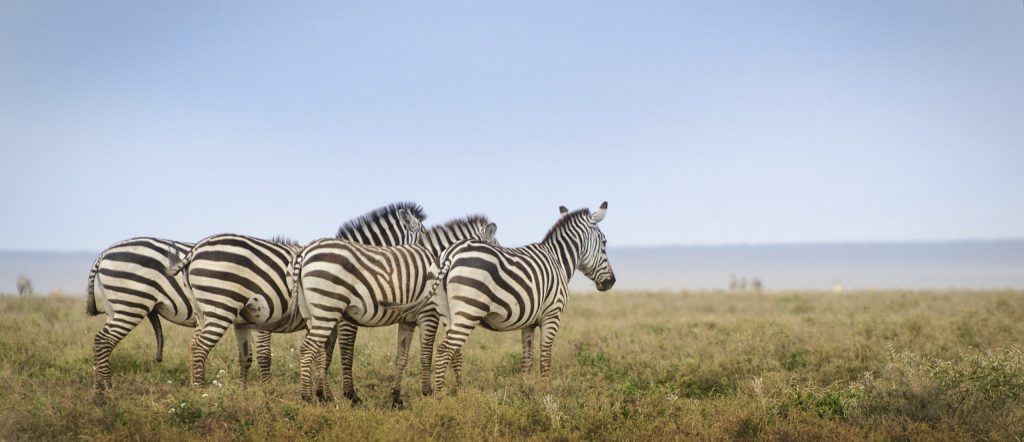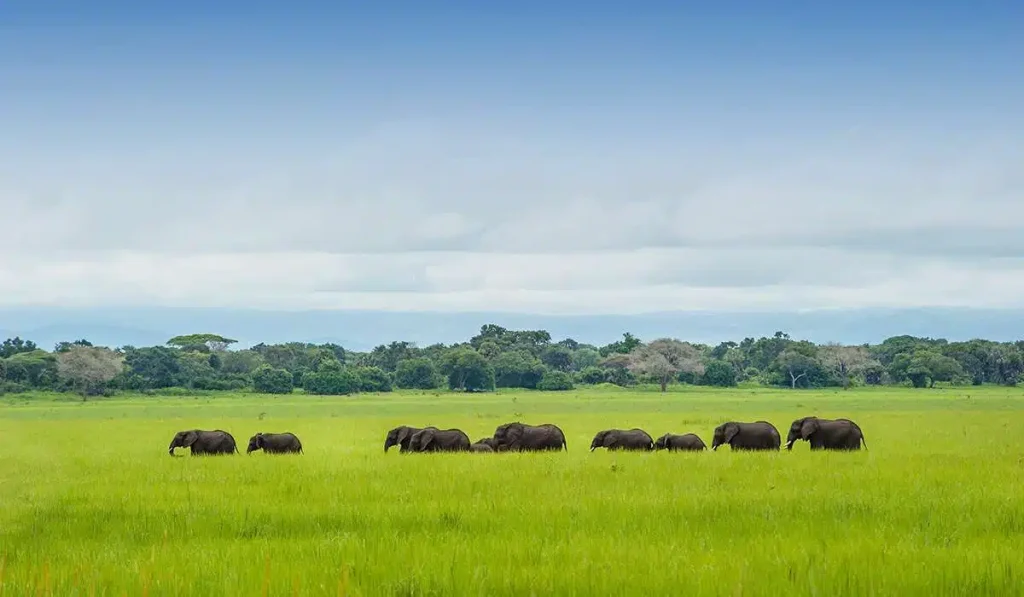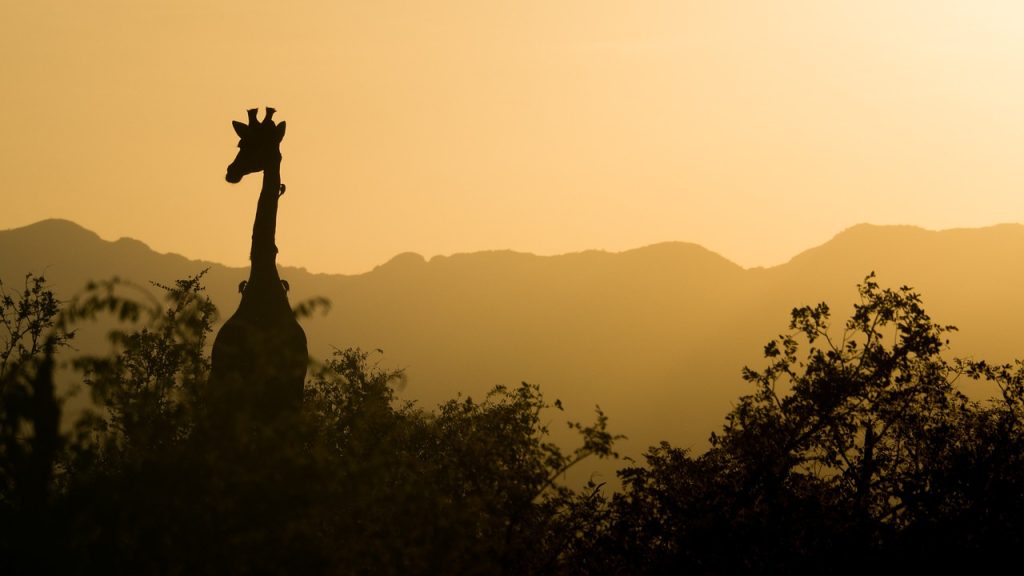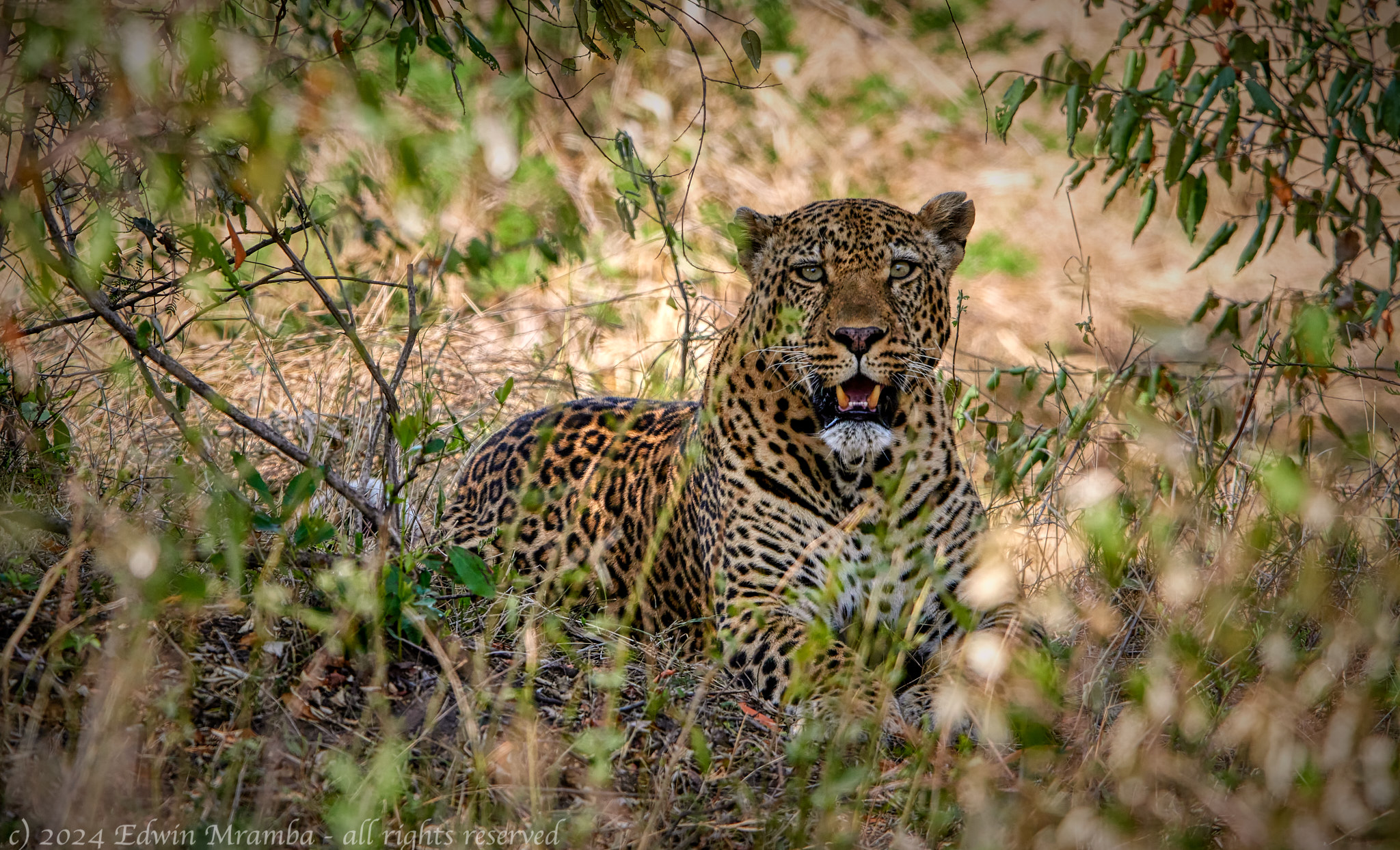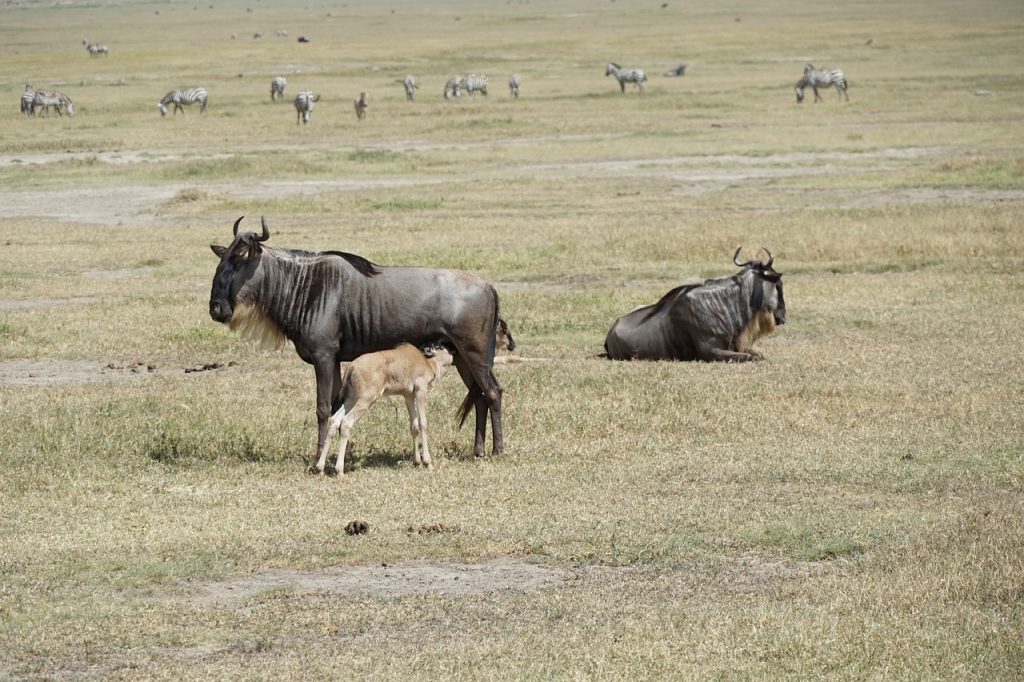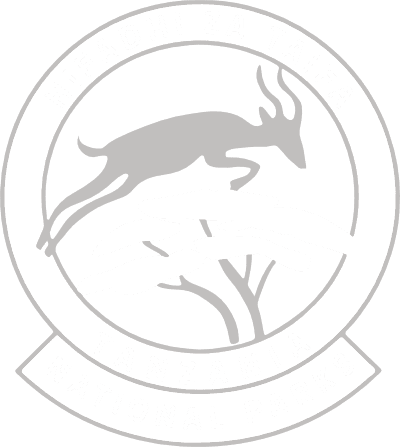NGORONGORO CONSERVATION AREA
Begin your journey on a Ngorongoro Crater safari.
Join Mirable Safaris for an unforgettable journey through the Ngorongoro Conservation Area! Discover its three breathtaking volcanic craters, including the renowned Olduvai Gorge, amidst vast stretches of savannah, forests, and bushland. This remarkable destination stands as Tanzania’s tourism jewel, ranking among the country’s top safari spots alongside the Serengeti National Park.
Spanning 8,300 square kilometers, the Ngorongoro Conservation Area (NCA) boasts a unique harmony between humanity and wildlife, earning UNESCO World Heritage Site status in 1979. Originally part of the Serengeti National Park, the NCA gained its distinct identity with the formation of the Ngorongoro Conservation Area Authority (NCAA) in 1959. Here, the land serves multiple purposes, providing sanctuary for wildlife while supporting human habitation. Witness the extraordinary coexistence of humans, livestock, and wild animals, where scenes of zebras grazing alongside Maasai cattle illustrate the area’s exceptional harmony. Experience the essence of Tanzania’s safari adventures amidst this unparalleled natural wonderland!
The Ngorongoro Conservation Area holds the prestigious status of being a UNESCO World Heritage Site.
Since 1979, the Ngorongoro Conservation Area (NCA) has held UNESCO World Heritage Site status for its rich wildlife and land. Now, its cultural heritage is set to be included, making it the only place globally where human communities and a diverse wildlife population coexist harmoniously. Its innovative multiple land use systems, established early on, serve as a model for balancing natural resource conservation and human development. Moreover, the NCA boasts numerous archaeological, paleontological, and anthropological sites of exceptional significance.
For travelers intrigued by Tanzania’s cultural offerings, particularly the Ngorongoro Crater, Mirable Safaris offers a unique opportunity. Immerse yourself in Tanzanian culture, either through experiences that positively impact local lives or by firsthand exploration in a sensitive and responsible manner.
YOUR NGORONGORO CRATER HOLIDAY
The Ngorongoro Crater, once a towering volcanic mountain comparable in height to Kilimanjaro, now stands as the world’s largest inactive, unbroken, and unfilled volcanic caldera. Formed approximately three million years ago when a massive volcano erupted and collapsed, the crater plunges to a depth of 610 meters, encompassing a base area of 260 square kilometers. Its original volcano likely soared between 4,500 to 5,800 meters in height.
Within the Ngorongoro Conservation Area, aside from the main caldera, lie two other volcanic craters: Olmoti and Empakai. Olmoti is renowned for its picturesque waterfalls, while Empakai captivates with its deep lake and verdant walls. Nestled on the leeward side of the Ngorongoro Highlands, protected from the wind, is Ol Doinyo Lengai, Tanzania’s third-highest peak after Kilimanjaro and Meru, and an active volcano. Revered by locals as the “Mountain of God,” it last erupted significantly in 2007. At its base lies Lake Natron, a primary breeding ground for flamingos in East Africa. Explore our guide to Lake Natron for further insights.
Encounter the captivating wildlife during your Ngorongoro safari.
Within the Ngorongoro Conservation Area, thrive over 25,000 large animals, among which approximately 26 black rhinoceros roam, though their exact numbers remain undisclosed for their protection. Venturing higher into the rainforests of the crater rim reveals a diverse array of wildlife, including majestic elephants, elusive leopards, mountain reedbuck, formidable buffalos, rare wild dogs, cunning spotted hyenas, jackals, cheetahs, and other feline predators. Notably, the crater boasts the densest-known lion population in the region.
Witness the awe-inspiring spectacle of the annual zebra and wildebeest migration as it traverses Ngorongoro. Around December, approximately 2 million ungulates journey south into the area, only to migrate back northward come June. This migratory procession gracing the plains of the NCA comprises 1.8 million wildebeest, 200,000 zebras, and 350,000 gazelles. In the western expanse, the Lake Ndutu area teems with a substantial population of cheetahs and lions. Moreover, the Ngorongoro Conservation Area hosts a rich avian population, with over 500 species of birds documented, including the majestic white pelican, graceful ostrich, and the striking greater and lesser flamingos adorning Lake Magadi within the crater and Lake Ndutu.
Explore the diverse vegetation of the Ngorongoro Conservation Area.
Ngorongoro boasts a rich tapestry of vegetation, encompassing desert plants alongside lush greenery nourished by rainfall. The landscape comprises abundant short grasslands ideal for grazing, arid and semi-arid plant communities, uncultivated lowland vegetation, and flourishing highland forests.
On Oldeani Mountain and Makarut Mountain’s Pencil Cedar slopes to the west, vast expanses of pure bamboo thrive. Dove-weeds dominate the lower slopes, while upland woodlands host Red Thorn Acacia and Gum Acacia, vital for watershed protection. The slopes of the crater are adorned with scrub heath, expansive open moorlands, grasslands, and remnants of dense evergreen forests. Notable highland trees including Yellow-Wood, Kousso (Hagenia abyssinica), Peacock Flower, and Sweet Olive add to the area’s uniqueness, making it an enchanting stop on our Photography Safaris in Tanzania.
The crater basin features open short grass plains interspersed with freshwater lakes, swamps, marshes, and two patches of Acacia woodland. Laiyanai Forest boasts Pillar Wood and Acacia Lahai, while Lerai Forest is home to the Yellow Fever tree and Acacia species. To the west, the grass-covered plains occasionally feature Umbrella Acacia and Commiphora Africana trees. In drier conditions near Lake Eyasi, Blackthorn Acacia and Zebrawood dominate. These extensive grasslands and bush areas remain largely untouched by cultivation, providing vital habitat for thriving animal populations.
THE NGORONGORO CRATER: THE CRADLE OF HUMANITY
At the NCA’s far end lies the renowned archaeological site Olduvai Gorge, revered as the cradle of mankind and one of the world’s most significant prehistoric sites. Over 50 years ago, Drs. Louis and Mary Leakey discovered the earliest homo sapiens remains here, captivating those intrigued by our ancestral origins. Explore the rugged landscape and delve into the quaint museum, where the paleo-anthropological site reveals steep-sided ravines in the Great Rift Valley. The deposits exposed in the gorge’s sides yield a treasure trove of fossil remains, indicating continuous habitation by various hominid species over the past three million years. Named after the Maasai term for the wild sisal plant, oldupaai, Olduvai Gorge stands as a testament to humanity’s enduring connection to the land.
If you have any inquiries about the Ngorongoro Conservation Area or if you’re interested in crafting a personalized Tanzania Safari that includes this extraordinary destination, don’t hesitate to reach out to us. What are you waiting for? Embark on the journey of a lifetime and start planning your unforgettable Tanzania safari holiday today!

